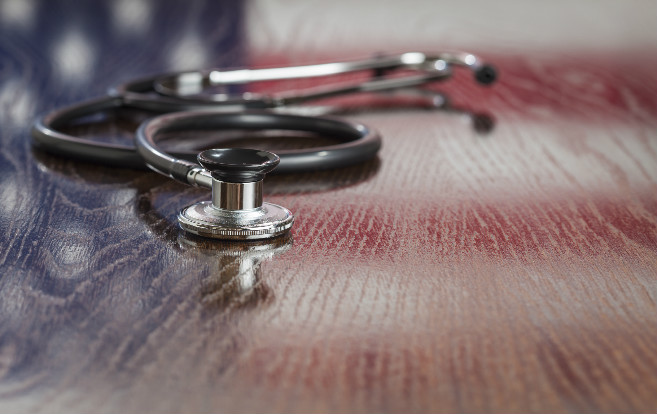12 Interesting Facts About Military Nurses

Military nurses have made many sacrifices over the years, serving military personnel and their families
By Jennifer Larson, contributor
The women and men who serve as military nurses are well-educated and well-trained to provide patient care in very challenging situations. They are often stationed in dangerous locations, yet they remain calm and focused on the tasks before them.
As the nation celebrates Memorial Day, TravelNursing.com would like to celebrate all military nurses, including those who paid the ultimate price and gave their lives in service. For example, in 2013, Army Captain Jennifer Moreno was killed in Afghanistan while trying to rescue a comrade during a battle. The Army Times reported that Moreno had courageously volunteered for a very dangerous assignment; a total of four U.S. soldiers were killed by bombs that night.
How much do you know about military nurses? Consider these interesting facts:
1. The United States Army Nurse Corps is nearly 115 years old; it was established in 1901.
2. More than 59,000 American nurses served in the Army Nurse Corps during World War II. However, only 1,000 nurses were enrolled when Pearl Harbor was attacked and the war began on December 7, 1941, according to The Army Nurse Corps: A Commemoration of World War II.
3. There are more than 11,000 women and men serving in the Army Nurse Corps today, with a much larger percentage of men than in the general nursing population (in 2012, the Army reported that 35 percent of active duty nurses and 28 percent of Army reserve nurses were male, compared to 5.4 percent of the general nursing population).
4. Nurses made up approximately 90 percent of the 11,000 military women who served in Vietnam during the conflict in the 1960s and 1970s. According to the Vietnam Women’s Memorial Foundation, almost all of them were volunteers.
5. The first nurse and first woman to receive the general officer rank in U.S. military history was Colonel Anna Mae Hays, in 1970. She served as chief of the Army Nurse Corps during the Vietnam War from 1967-1971.
6. Congress established the Navy Nurse Corps in 1908. The first 20 members are remembered as the “Sacred Twenty.”
7. Navy nurses serve in more than 250 facilities around the world, as well as on the fleet’s two hospital ships, the USNS Comfort and USNS Mercy. Some also work with aircraft squadrons or on fleet ships.
8. Rear Adm. Rebecca McCormick-Boyle is the current director of the Navy Nurse Corps and Commander of the Navy Medicine Education and Training Command.
9. Major General Jimmie Keenan is the current chief of the Army Nurse Corps and Deputy Commanding General (Operations), United States Army Medical Command.
10. The Nurse’s Memorial is a large stone statue with plaque dedicated to military nurses at Arlington National Cemetery, near Washington D.C. It was erected in 1938 and rededicated in 1971.
11. The stories of many military nurses can also be found at the Women in Military Service for America Memorial (WIMSA), dedicated in 1997 at Arlington National Cemetery. The memorial includes a computerized database with photos and stories of female veterans.
12. Research has been conducted to examine the effects of reintegration on nurses returning home from serving in war zones. For example, Military Medicine published the results of a study in 2013 that examined the homecoming experiences of Army nurses who had been deployed to Afghanistan and Iraq.
Becoming a military nurse
Nurses interested in joining the military have a couple of career options: they can either serve as an active duty member of one of the branches of the military or in the reserves.
Depending on the option chosen, there are certain requirements that have to be met, including age restrictions and physical fitness standards. A military nurse also has to be willing to serve a minimum amount of time on active duty; for instance, the Navy Nurse Corps requires at least three years. The military service obligation for the Air Force Reserve varies depending on whether someone has previously served in the military.
Active duty nurses may be eligible to receive funds to pay off their nursing school education. For example, the U.S. Army’s Active Duty Health Professions Loan Repayment Program could pay up to $40,000 per year for three years to cover your education or student loans. Nurses in the reserves can also receive a significant amount of financial assistance for their education.
If you haven’t attended nursing school yet, you can pursue an undergraduate nursing degree and join one of the armed forces ROTC training programs. You’ll train to be an officer and will receive financial assistance to pay for your education, and will owe service after you graduate.
Ready to advance your career today? Connect with leading travel nursing agencies across the country. Request a call today!
© 2015. AMN Healthcare, Inc. All Rights Reserved.